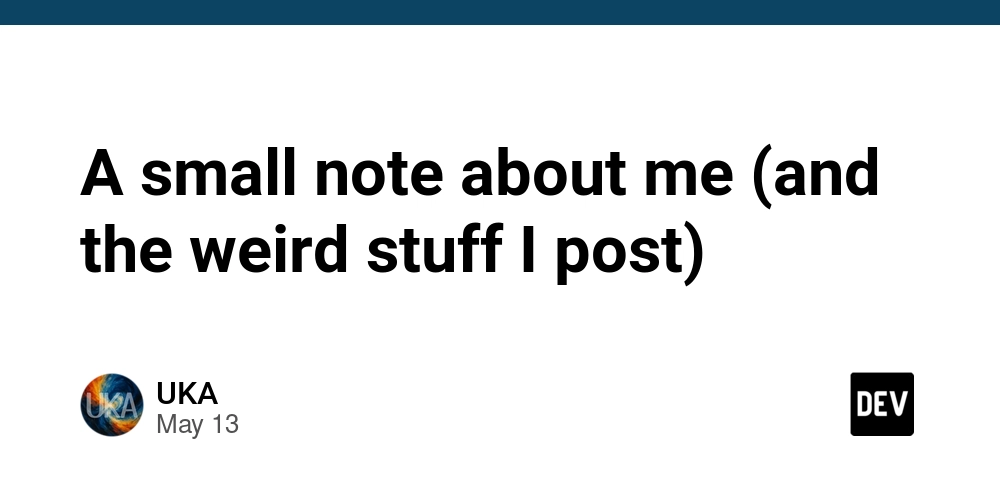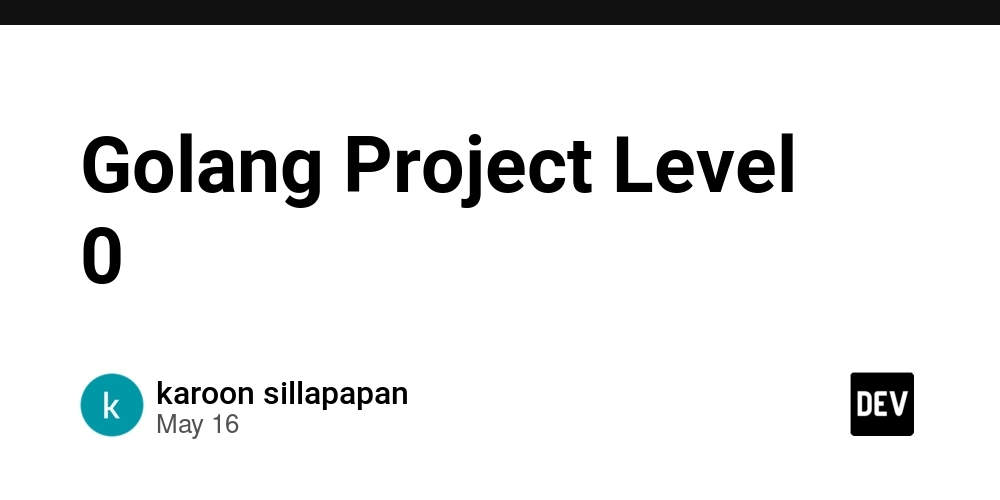The Subtle Corrosion of Code: How Gresham's Law Applies to Software Development
In economics, Gresham's Law teaches us that "bad money drives out good." A powerful analogy, and surprisingly pertinent, permeates the daily life of software engineering: low-quality code tends to supplant well-crafted code. In a software development ecosystem often pressured by tight deadlines and continuous deliveries, the temptation to opt for quick and superficial solutions ("bad code") can become overwhelming. Although these approaches may offer short-term gains, they insidiously undermine the health and sustainability of our projects. The Mechanisms of Degradation: The "driving out" of good code by bad code is not a sudden event, but a gradual process driven by several factors: The Shortcut of Immediate Implementation: Under pressure, creating low-quality code, focused on the immediate resolution of the problem, demands less initial cognitive effort. The pursuit of a "quick win" can lead to suboptimal design decisions and negligent implementations. The Inertia of Complex Maintainability: A codebase polluted by low-quality code becomes a labyrinth of difficult understanding and modification. Resistance to refactoring and improving existing code grows proportionally to its complexity, perpetuating the vicious cycle. The Illusion of Immediate Cost-Effectiveness: Initially, poorly structured code may seem "cheaper" to produce, avoiding investment in rigorous planning and testing. However, this illusory economy invariably translates into exponential long-term costs, with the proliferation of bugs and the difficulty of system evolution. The Urgency of New Features at the Expense of Existing Quality: The constant demand for new features can relegate the quality of legacy code to the background, accumulating the notorious technical debt. This debt, like a financial liability, accrues interest in the form of slower and more error-prone development. The Absence of Robust Governance and Standards: The lack of clear coding standards, effective code review processes, and an organizational culture that values quality opens the door for the infiltration and proliferation of low-quality code. The Tangible Impact on Software Engineering: The consequences of this "Gresham's Law" in software development are significant and directly impact the efficiency and quality of our work: Escalation of Technical Debt: The accumulation of low-quality code burdens future development, making each new feature or bug fix a more arduous and time-consuming task. Overload in Maintenance: Debugging, modifying, and maintaining poorly written code consumes precious time that could be dedicated to innovation and the development of new features. Erosion of Productivity: Developers spend an increasing amount of time trying to decipher and work around the complexities introduced by bad code, resulting in a drop in overall team productivity. Proliferation of Bugs and Instability: Poorly conceived and implemented code is fertile ground for bugs, compromising system stability and user experience. Difficulty in Attracting and Retaining Talent: Experienced software engineers who are passionate about quality tend to avoid projects with a history of bad code, making it difficult to form and maintain high-performing teams. Mitigation Strategies for Sustainable Code: To prevent "Gresham's Law" from manifesting in our projects, it is crucial to adopt a proactive stance and implement robust practices: Elevate Quality to the Highest Priority: Integrate quality as a fundamental pillar from the project's inception, through comprehensive automated testing, rigorous code reviews, and the adoption of well-defined coding standards. Invest in the Team's Intellectual Capital: Ensure that the team possesses the technical knowledge and skills necessary to produce clean, efficient, and well-architected code. Institute Continuous Refactoring Rituals: Allocate dedicated time for improving and optimizing existing code, actively combating the accumulation of technical debt. Cultivate a Culture of Technical Excellence: Foster an environment where responsibility for code quality is intrinsic to every team member. Monitor Code Health with Metrics: Utilize metrics such as cyclomatic complexity, test coverage, and defect density to identify areas that require attention and improvement. Seek a Balance Between Speed and Quality: Recognize that agility in delivery should never compromise the fundamental long-term quality of the software. Ultimately, the analogy with Gresham's Law serves as a constant warning for the software engineering community. Continuous vigilance, the advocacy of good practices, and investment in the quality of our code are the essential antidotes to ensure the longevity, maintainability, and success of our projects. Ignoring this subtle dynamic is paving the way for a future of fragile and high-cost systems.
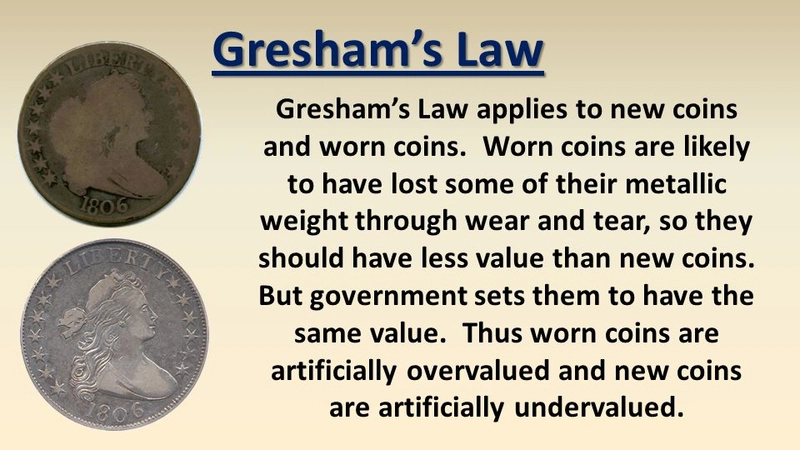
In economics, Gresham's Law teaches us that "bad money drives out good." A powerful analogy, and surprisingly pertinent, permeates the daily life of software engineering: low-quality code tends to supplant well-crafted code.
In a software development ecosystem often pressured by tight deadlines and continuous deliveries, the temptation to opt for quick and superficial solutions ("bad code") can become overwhelming. Although these approaches may offer short-term gains, they insidiously undermine the health and sustainability of our projects.
The Mechanisms of Degradation:
The "driving out" of good code by bad code is not a sudden event, but a gradual process driven by several factors:
- The Shortcut of Immediate Implementation: Under pressure, creating low-quality code, focused on the immediate resolution of the problem, demands less initial cognitive effort. The pursuit of a "quick win" can lead to suboptimal design decisions and negligent implementations.
- The Inertia of Complex Maintainability: A codebase polluted by low-quality code becomes a labyrinth of difficult understanding and modification. Resistance to refactoring and improving existing code grows proportionally to its complexity, perpetuating the vicious cycle.
- The Illusion of Immediate Cost-Effectiveness: Initially, poorly structured code may seem "cheaper" to produce, avoiding investment in rigorous planning and testing. However, this illusory economy invariably translates into exponential long-term costs, with the proliferation of bugs and the difficulty of system evolution.
- The Urgency of New Features at the Expense of Existing Quality: The constant demand for new features can relegate the quality of legacy code to the background, accumulating the notorious technical debt. This debt, like a financial liability, accrues interest in the form of slower and more error-prone development.
- The Absence of Robust Governance and Standards: The lack of clear coding standards, effective code review processes, and an organizational culture that values quality opens the door for the infiltration and proliferation of low-quality code.
The Tangible Impact on Software Engineering:
The consequences of this "Gresham's Law" in software development are significant and directly impact the efficiency and quality of our work:
- Escalation of Technical Debt: The accumulation of low-quality code burdens future development, making each new feature or bug fix a more arduous and time-consuming task.
- Overload in Maintenance: Debugging, modifying, and maintaining poorly written code consumes precious time that could be dedicated to innovation and the development of new features.
- Erosion of Productivity: Developers spend an increasing amount of time trying to decipher and work around the complexities introduced by bad code, resulting in a drop in overall team productivity.
- Proliferation of Bugs and Instability: Poorly conceived and implemented code is fertile ground for bugs, compromising system stability and user experience.
- Difficulty in Attracting and Retaining Talent: Experienced software engineers who are passionate about quality tend to avoid projects with a history of bad code, making it difficult to form and maintain high-performing teams.
Mitigation Strategies for Sustainable Code:
To prevent "Gresham's Law" from manifesting in our projects, it is crucial to adopt a proactive stance and implement robust practices:
- Elevate Quality to the Highest Priority: Integrate quality as a fundamental pillar from the project's inception, through comprehensive automated testing, rigorous code reviews, and the adoption of well-defined coding standards.
- Invest in the Team's Intellectual Capital: Ensure that the team possesses the technical knowledge and skills necessary to produce clean, efficient, and well-architected code.
- Institute Continuous Refactoring Rituals: Allocate dedicated time for improving and optimizing existing code, actively combating the accumulation of technical debt.
- Cultivate a Culture of Technical Excellence: Foster an environment where responsibility for code quality is intrinsic to every team member.
- Monitor Code Health with Metrics: Utilize metrics such as cyclomatic complexity, test coverage, and defect density to identify areas that require attention and improvement.
- Seek a Balance Between Speed and Quality: Recognize that agility in delivery should never compromise the fundamental long-term quality of the software.
Ultimately, the analogy with Gresham's Law serves as a constant warning for the software engineering community. Continuous vigilance, the advocacy of good practices, and investment in the quality of our code are the essential antidotes to ensure the longevity, maintainability, and success of our projects. Ignoring this subtle dynamic is paving the way for a future of fragile and high-cost systems.


















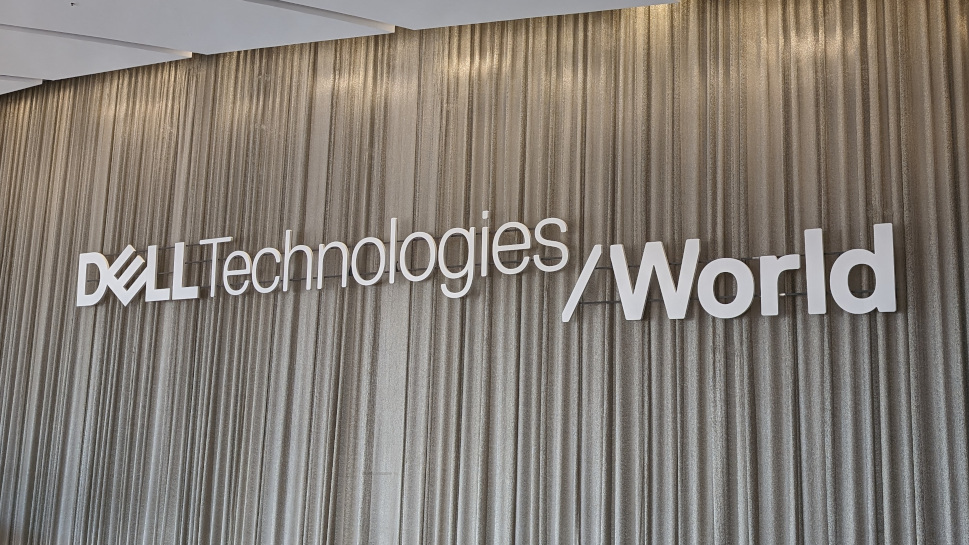
























































































































































![[The AI Show Episode 146]: Rise of “AI-First” Companies, AI Job Disruption, GPT-4o Update Gets Rolled Back, How Big Consulting Firms Use AI, and Meta AI App](https://www.marketingaiinstitute.com/hubfs/ep%20146%20cover.png)
























































































































![[DEALS] The ChatGPT & AI Super Bundle (91% off) & Other Deals Up To 98% Off – Offers End Soon!](https://www.javacodegeeks.com/wp-content/uploads/2012/12/jcg-logo.jpg)



![How to make Developer Friends When You Don't Live in Silicon Valley, with Iraqi Engineer Code;Life [Podcast #172]](https://cdn.hashnode.com/res/hashnode/image/upload/v1747360508340/f07040cd-3eeb-443c-b4fb-370f6a4a14da.png?#)



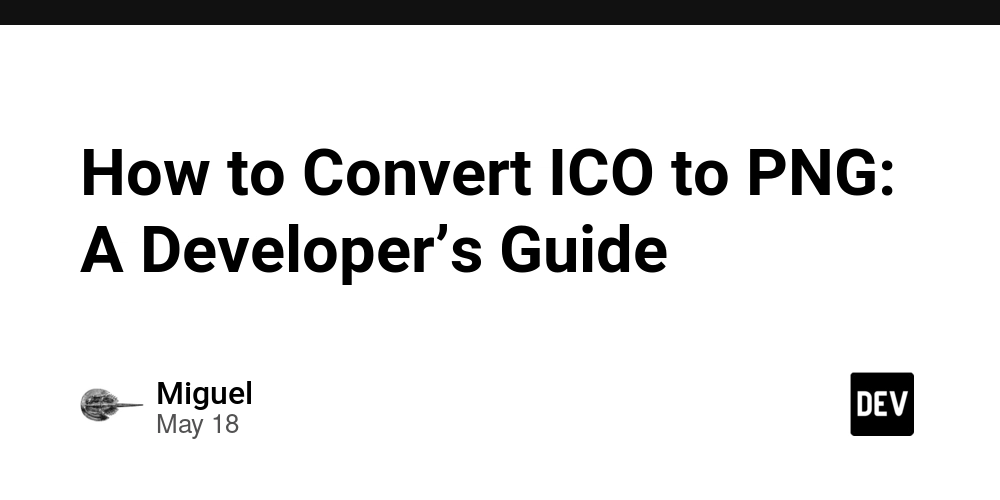











































































































































































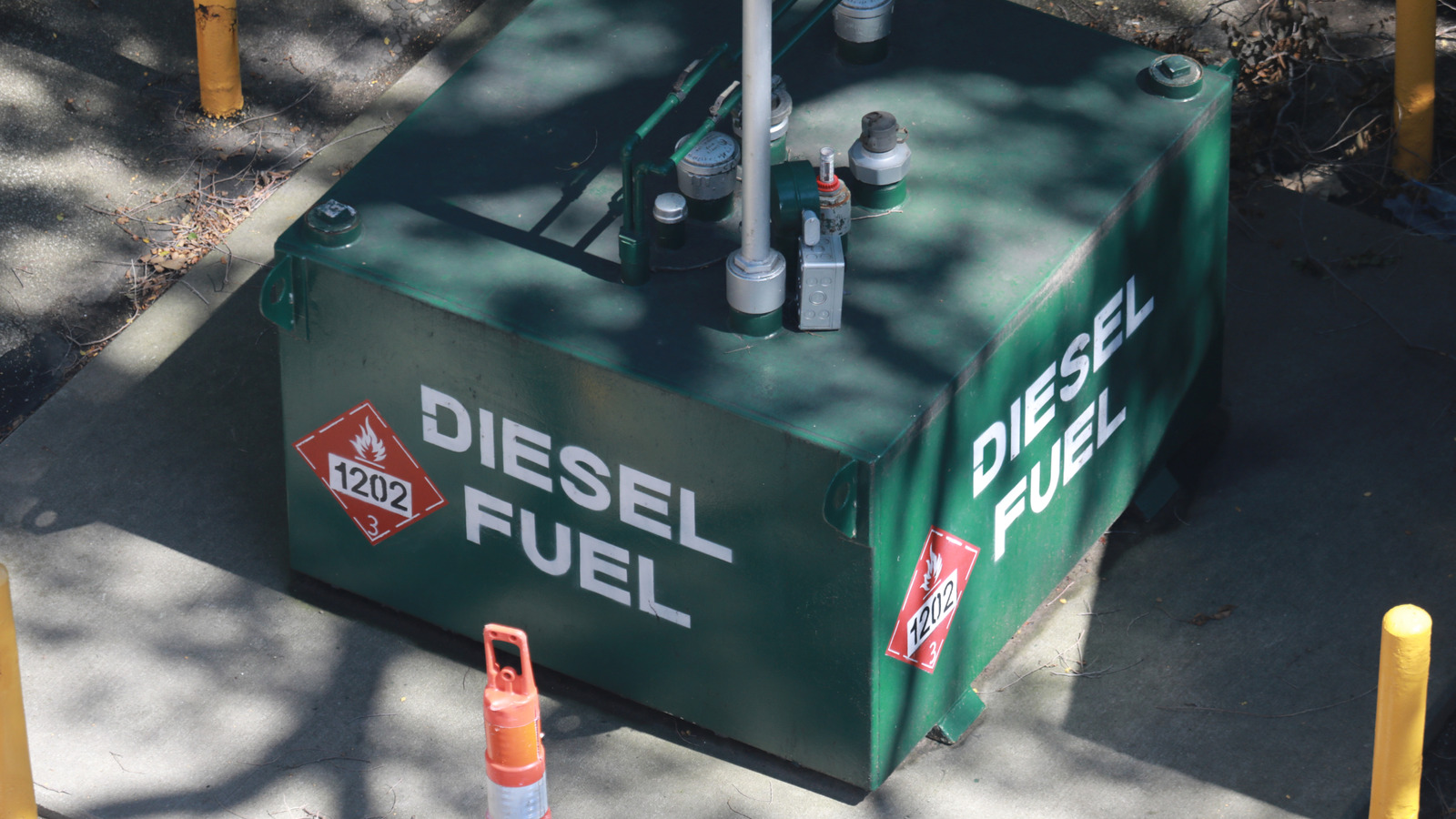





































































![Apple May Not Update AirPods Until 2026, Lighter AirPods Max Coming in 2027 [Kuo]](https://www.iclarified.com/images/news/97350/97350/97350-640.jpg)

![iPhone 17 Air Could Get a Boost From TDK's New Silicon Battery Tech [Report]](https://www.iclarified.com/images/news/97344/97344/97344-640.jpg)
![Vision Pro Owners Say They Regret $3,500 Purchase [WSJ]](https://www.iclarified.com/images/news/97347/97347/97347-640.jpg)



































































